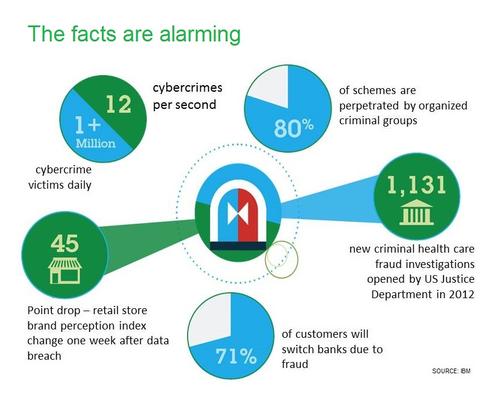Smartphone Kill Switches Coming, But Critics Cry FoulSmartphone Kill Switches Coming, But Critics Cry Foul
Smartphone makers and carriers agree to add optional kill switches to smartphones, but law enforcement officials say the anti-theft effort doesn't go far enough.


10 Ways To Fight Digital Theft & Fraud
10 Ways To Fight Digital Theft & Fraud (Click image for larger view and slideshow.)
After a year of hectoring from law enforcement officials and the threat of state and federal laws mandating security measures, mobile phone makers and mobile service providers have agreed to add an optional kill switch to smartphones.
CTIA-The Wireless Association, a wireless communications trade group, said on Tuesday that smartphones manufactured after July 2015 for sale in the US will include "a baseline anti-theft tool" that is either preloaded or can be downloaded. The voluntary agreement also stipulates that mobile carriers will support the availability and use of this tool.
The anti-theft software will be capable of: remotely wiping data from the device in the event of loss or theft; rendering the smartphone inoperable to unauthorized users, except for emergency services calls and, if available, user-defined emergency phone numbers; preventing unauthorized reactivation "to the extent technologically feasible"; and restoring operability and user data if possible and desired by the authorized user.
[OS makers, mobile app developers, and device users all have a role in protecting smartphones. See Mobility: Who Bears The Brunt Of Data Security & Privacy.]
Many smartphones already include or can accommodate software that performs similar functions. CTIA described its commitment as a baseline for the industry that will be available at no cost to mobile customers. The organization noted that participating companies may elect to offer features and apps that go further, like an audible alarm or the ability to activate a smartphone camera and transmit the captured image. An Apple patent application contemplates the possibility of an attack detection mode for a future smartphone that could automatically summon aid when activated.
Participating companies include: Apple, Asurion, AT&T, Google, HTC, Huwei, Microsoft, Motorola Mobility, Nokia, Samsung, Sprint, T-Mobile, US Cellular, and Verizon.
New York attorney general Eric T. Schneiderman and San Francisco district attorney George Gascón, the two officials who have led the charge for improved mobile device security, welcomed CTIA's response but said it falls short of what's necessary to fight rampant cellphone theft.
"We strongly urge CTIA and its members to make their anti-theft features enabled by default on all devices, rather than relying on consumers to opt-in," said Schneiderman and Gascón in a joint statement. "The industry also has a responsibility to protect its consumers now and not wait until next year."
Between 30% and 40% of all robberies in major cities nationwide involve the theft of a mobile phone, according to the Federal Communications Commission, which put the annual cost of mobile theft at $30 billion in 2012. In some cities like San Francisco, the percentage of robberies involving mobile phones is said to be closer to 50%. Approximately 1.6 million Americans were affected by smartphone theft in 2012, according to Consumer Reports.
What do Uber, Bank of America, and Walgreens have to do with your mobile app strategy? Find out in the new Maximizing Mobility issue of information Tech Digest.
Read more about:
2014About the Author
You May Also Like






